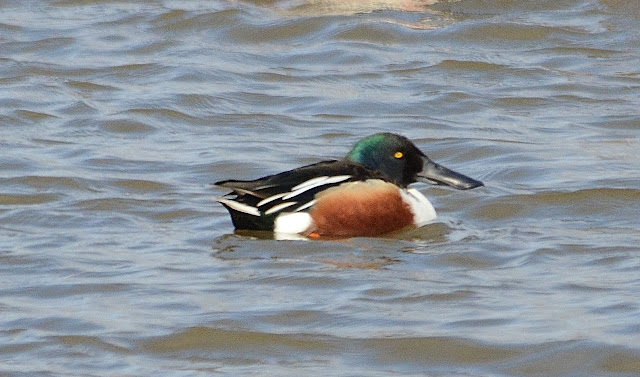Bookings have now started for the 10-week Spring/Summer term, which begins on 12th of April. At the time of writing there are a couple of vacancies on each afternoon session. There are fewer vacancies in the mornings. If you are interested in another session, please ask. For at least 2 hours a week encounter the natural world as a completely new sensual experience. You'll be amazed what you'll find just by listening, and not only by looking! In the Spring we'll be looking for special summer visitors including: Redstarts, Woodlarks, Cuckoo, Turtle Doves, Hobbies, & 9 species of Warbler. We'll be going to 2 new places we've never been to before, but also some summer favourites voted for by present participants. We'll be going to our rocky cliffs, to some lowland heathlands, to deciduous woodlands, to tranquil wetlands, some butterfly meadows, and up on to the wolds. So, if you are interested in learning more about your local wildlife in beautiful and secluded venues for less than £10 a week, then this is the course for you! We visit a different local hotspot each week and identify all the birds and as much other wildlife as we can. This includes mammals, and fungi with butterflies, dragonflies and wild flowers. The course runs twice daily Tuesday to Friday. If you are interested in more details of the course, or wish to be placed on a waiting list, please leave a comment next to one of my posts or email me on mflowers81@live.co.uk
Redstart - we'll be looking for these in the north of our area
Whinchat - we will look for these on passage & near Whitby
Wheatear - these could turn up anywhere on passage
Nightingale - we will make a special trip to see these
Cuckoo - although declining, we will hear & hopefully see one
Cuckoo - note the drooping wings and long tail
Turtle Dove - declining, but we will look out for these beauties
Firecrest - unpredictable, but would be great to encounter
Hobby - we are going to the best place for this dashing Falcon
Woodlark - singing, but we are most like to see them in the air
Whitethroat - a class favourite
Lesser Whitethroat - we will see this skulker
Grasshopper Warbler - we will certainly make an effort to see these
Sedge Warbler - easier to see singing in the open
Reed Warbler - similar-sounding, but slightly harder to see
Blackcap - beautiful songster
Garden Warbler - Beautiful songster, but harder to see well
Willow Warbler - Summer wouldn't be summer without this bird
Chiffchaff - usually much duller than this bright example!
Ring Ouzel - unpredictable, but not impossible
Puffin - popular with everyone
Nightjar (c) 2016 Mick Sharpe
Marbled White - we do identify butterflies when available!
Puffin - popular with everyone
Nightjar (c) 2016 Mick Sharpe
Marbled White - we do identify butterflies when available!
Banded Demoiselle - some groups will be looking for this star
Bee Orchid - Birding with Flowers at times becomes Flowers with Flowers
Stoats - mammals get a look in too!






















































